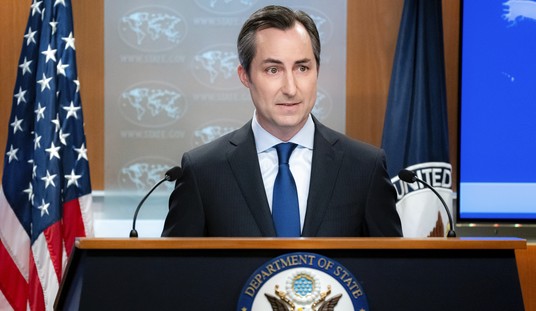In 1944, as the Second World War was about to enter its last year though no one could be sure of that or how it would turn out, a squad of zealous FBI agents stormed into the offices of a pulp magazine called Astounding Science Fiction, which had just published a piece of supposed fantasy by Cleve Cartmill about a super weapon -- an atomic bomb.
And the government of the United States wanted to find out who had leaked this state secret. The answer: Nobody had. Science, after all, wasn't classified as Top Secret, and the writer had simply put two and two together. And physics bats last in this great contest to see which world powers would conquer and which would be conquered.
But the question to be decided wasn't just scientific but geopolitical, economic and in the end decisive. There was more than one route to The Bomb, as we know now, when we can enjoy the privilege of looking back on the history of that terrible war. Would this country opt for a uranium bomb or a plutonium bomb? Characteristically, the United States went all-out and chose both routes to victory. One strategy was followed at Oak Ridge, Tenn., and the other at Los Alamos, N.M. -- and both were successful, though not immediately. What the scientists in both places had to work out laboriously, the writers and editors at little Astounding Science Fiction had intuited years before. Since at least the time of Jules Verne, the literary imagination has anticipated the scientific one.
The big problem and puzzle was how to separate an isotope known as U-235 from the larger commodity known as U-238. Of the four different solutions to this problem, the team at Oak Ridge chose to mix three of them. The one they decided to skip, using centrifuges to separate these pieces of the atomic puzzle, was eliminated because the scientists at Oak Ridge couldn't get the less sophisticated centrifuges back then to spin fast enough. And money is always a problem, even in wartime, and the government drew the line at budgeting enough to make the centrifuges spin faster.
Recommended
According to the story, there were some skeptics back then who preferred to raise money on their own to finance better and faster centrifuges -- like Karl Cohen, who got enough support from scientific eminences like Albert Einstein to persuade the government to concentrate on the centrifuge problem. The result was that The Bomb came earlier than expected, with our German scientists beating the enemy's in this race to a terrible victory and a world haunted by the vision of mushroom clouds ever since.
The more knowledgeable scientists on the other side, like Wernher von Braun, the genius behind the Nazis' V2 rocket before he was recruited by American intelligence with the collapse of the Third Reich, wasn't touchy about where he could get ideas, even from a cheap sci-fi mag, so long as the ideas worked. Nor was an atomic bomb the only history-changing weapon Astounding Science Fiction previewed in its time. Though there's no need to go into details, another one had been anticipated by that master of this fictional craft, Robert Heinlein, as early as 1941.
No wonder Wernher von Braun took pains to see that he got his copy of Astounding Science Fiction as soon as it appeared, even if he had to get his copy via the German embassy in neutral Sweden. To quote Tom Shippey's uniformly delightful and informative column about science fiction in the Wall Street Journal the other day: "Physics and politics, engineering and imagination, (this story) has them all. Nobody has ever been better than (Gregory Benford, who's just written a book on the subject) at expressing the excitement of new science, yes, on which the future of the world depends. Let's not think that there aren't other decisions being made now, or not being made now, on which our future depends. The answers depend on the science, yes, but also on the salesmanship. You have to sell the moon and Mars and the stars to the politicians and the public. And if you don't get it right ... there will be consequences. That's why sci-fi is not just for fans."
Get those issues wrong and it could be The End.
























Join the conversation as a VIP Member